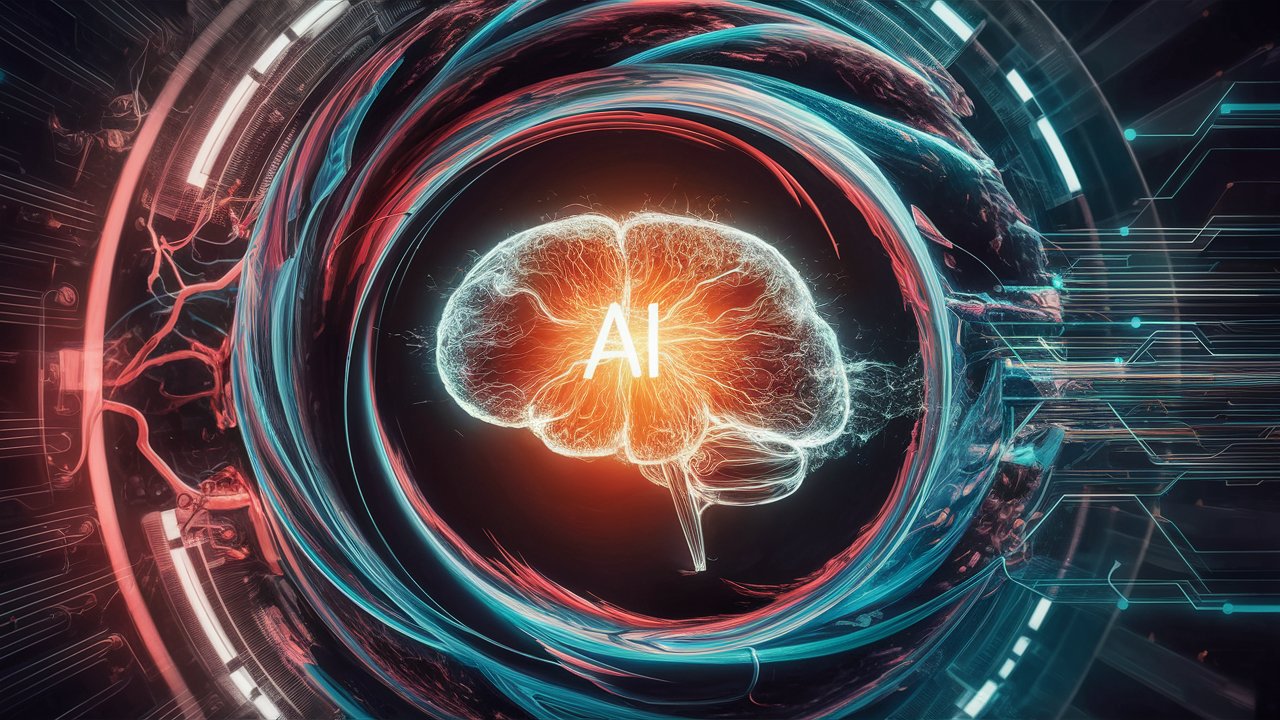· 5 min read
What is Artificial Intelligence (AI)?
AI is a multifaceted discipline dedicated to creating intelligent systems capable of performing tasks that require human-like cognition. By leveraging data-driven learning and advanced algorithms, AI addresses complex problems beyond the reach of traditional programming.

Artificial Intelligence (AI) is a dynamic and rapidly evolving field that encompasses the development of computer systems capable of performing tasks that typically require human intelligence. These tasks include understanding natural language, recognizing patterns, making decisions, solving problems, and learning from experience. AI is not a single technology or solution but a broad domain, much like mathematics or biology, comprising various subfields and applications.
The nature of AI and its unique problem-solving approach
One of the primary motivations behind AI is its ability to tackle problems that cannot be solved using traditional algorithmic approaches. Algorithms, which are step-by-step procedures for calculations, are powerful tools for solving problems that can be mathematically described. However, many phenomena are too complex or ill-defined to be captured by conventional algorithms. This is where AI steps in.
AI systems are designed to learn from data rather than being explicitly programmed to perform a task. This learning process allows AI to handle problems where human-designed algorithms fall short. Instead of programming AI with fixed rules, researchers develop algorithms that enable AI to learn from vast amounts of data, identify patterns, and make decisions based on this learning.
The distinction between human programming and AI learning
A crucial distinction in AI is that nobody programs its internal workings in the traditional sense. While human programmers develop the frameworks and algorithms that guide how AI systems learn, the specifics of their functioning emerge from the data they process. For instance, in machine learning — a core subset of AI — models are trained on data to optimize their performance on a given task. This data-driven approach allows AI to adapt and improve over time, handling tasks that were previously unattainable through classical programming techniques.
The diverse subfields of AI
AI is an incredibly diverse field, encompassing various specializations and techniques. Some of the key areas within AI include:
- Natural Language Processing (NLP): Enables machines to understand and generate human language, facilitating applications like language translation, sentiment analysis, and chatbots.
- Computer Vision: Involves the ability of machines to interpret and understand visual information from the world, leading to advancements in image and video recognition.
- Expert Systems: Utilize knowledge and inference rules to solve complex problems in specific domains, such as medical diagnosis or financial forecasting.
- Machine Learning and Deep Learning: Focus on developing algorithms that allow computers to learn from and make predictions based on data. Deep learning, a subset of machine learning, uses neural networks with many layers to model complex patterns.
- Artificial Neural Networks: Inspired by the human brain, these networks are designed to recognize patterns and relationships in data through interconnected nodes (neurons).
- Fuzzy Logic: Deals with reasoning that is approximate rather than fixed and exact, useful in scenarios where information is uncertain or imprecise.
- Genetic Algorithms: Mimic the process of natural selection to solve optimization problems by evolving solutions over generations.
- Reasoning and Decision Making: Involve the ability of AI to simulate human-like reasoning and make decisions based on logical inferences and probabilistic assessments.
- Pattern Recognition and Classification: Enable systems to identify and categorize objects, signals, or data points, which is foundational for many AI applications.
Historical Milestones in AI
The origins of AI can be traced back to several key milestones:
- Alan Turing’s “Computing Machinery and Intelligence” (1950s): Often cited as the birth of AI, Turing proposed the famous Turing Test, which evaluates a machine’s ability to exhibit intelligent behavior indistinguishable from a human.
- Early AI Research (Late 1930s - 1940s): Initial ideas about thinking machines were formulated by interdisciplinary researchers in mathematics, psychology, engineering, economics, and political science. The IBM 702 computer in 1941 was one of the first practical implementations used by early AI researchers.
Narrow AI vs. General AI
AI can be broadly categorized into Narrow AI (or Weak AI) and Artificial General Intelligence (AGI, or General AI):
- Narrow AI: Refers to AI systems designed to perform specific tasks or solve particular problems. These systems are highly effective within their designated scope but lack the generalization capabilities of human intelligence.
- General AI: Represents a more advanced form of AI that possesses the ability to understand, learn, and apply knowledge across a wide range of tasks, much like human intelligence. AGI remains a theoretical concept and a long-term goal in AI research.
The wxpansive realm of AI
AI is not just a single technology but a vast scientific and technological domain. For example, the Hugging Face Hub hosts over 120,000 different AI models, highlighting the immense variety and specialization within the field. AI’s applications are ubiquitous, from healthcare and finance to entertainment and transportation, revolutionizing industries and daily life.
Continuous evolution and research
The field of AI is continuously advancing, with dozens of new publications emerging daily, many of which present groundbreaking discoveries and innovations. This relentless progress underscores the dynamic nature of AI and its profound potential to transform the world.
In summary, AI is a multifaceted discipline dedicated to creating intelligent systems capable of performing tasks that require human-like cognition. By leveraging data-driven learning and advanced algorithms, AI addresses complex problems beyond the reach of traditional programming, encompassing a wide array of subfields and applications that continue to grow and evolve at an unprecedented pace.





